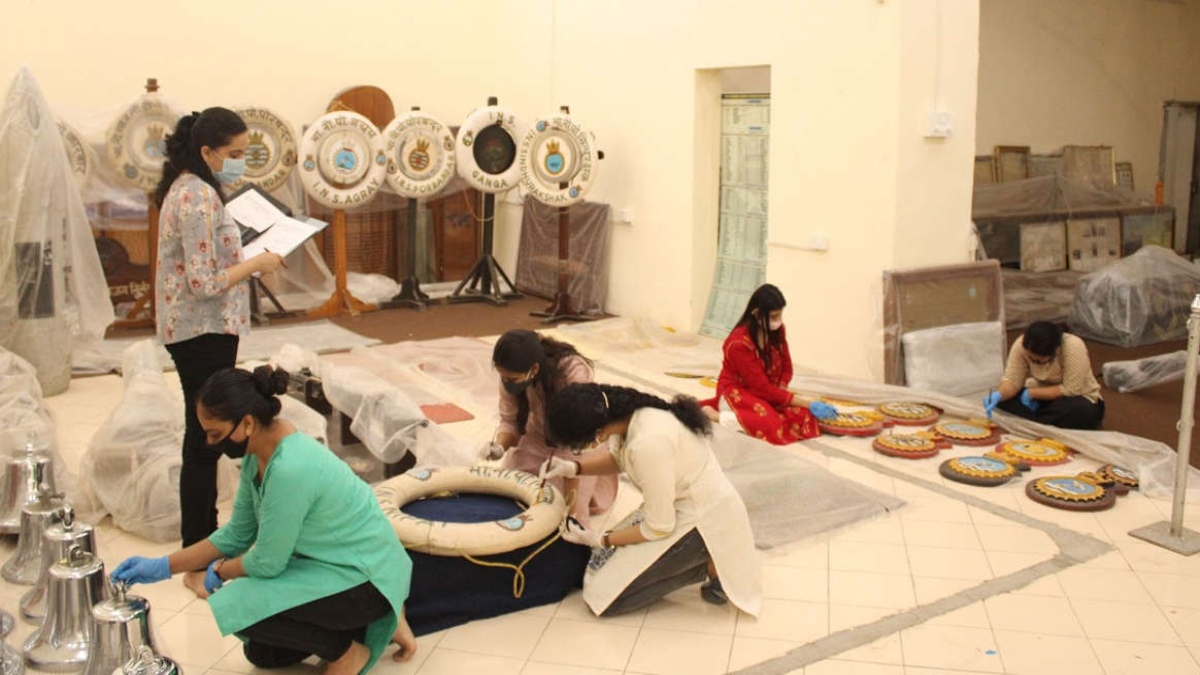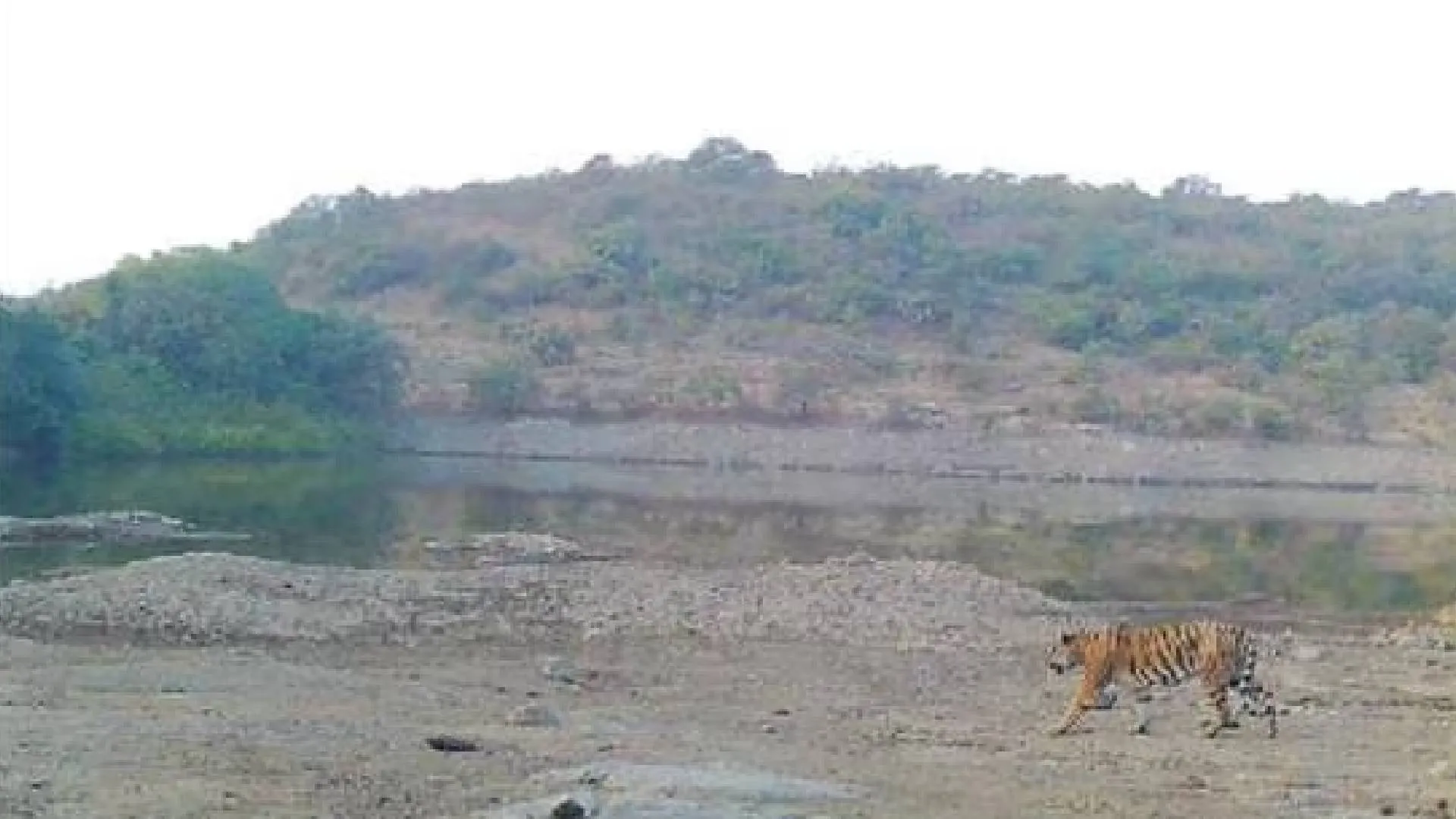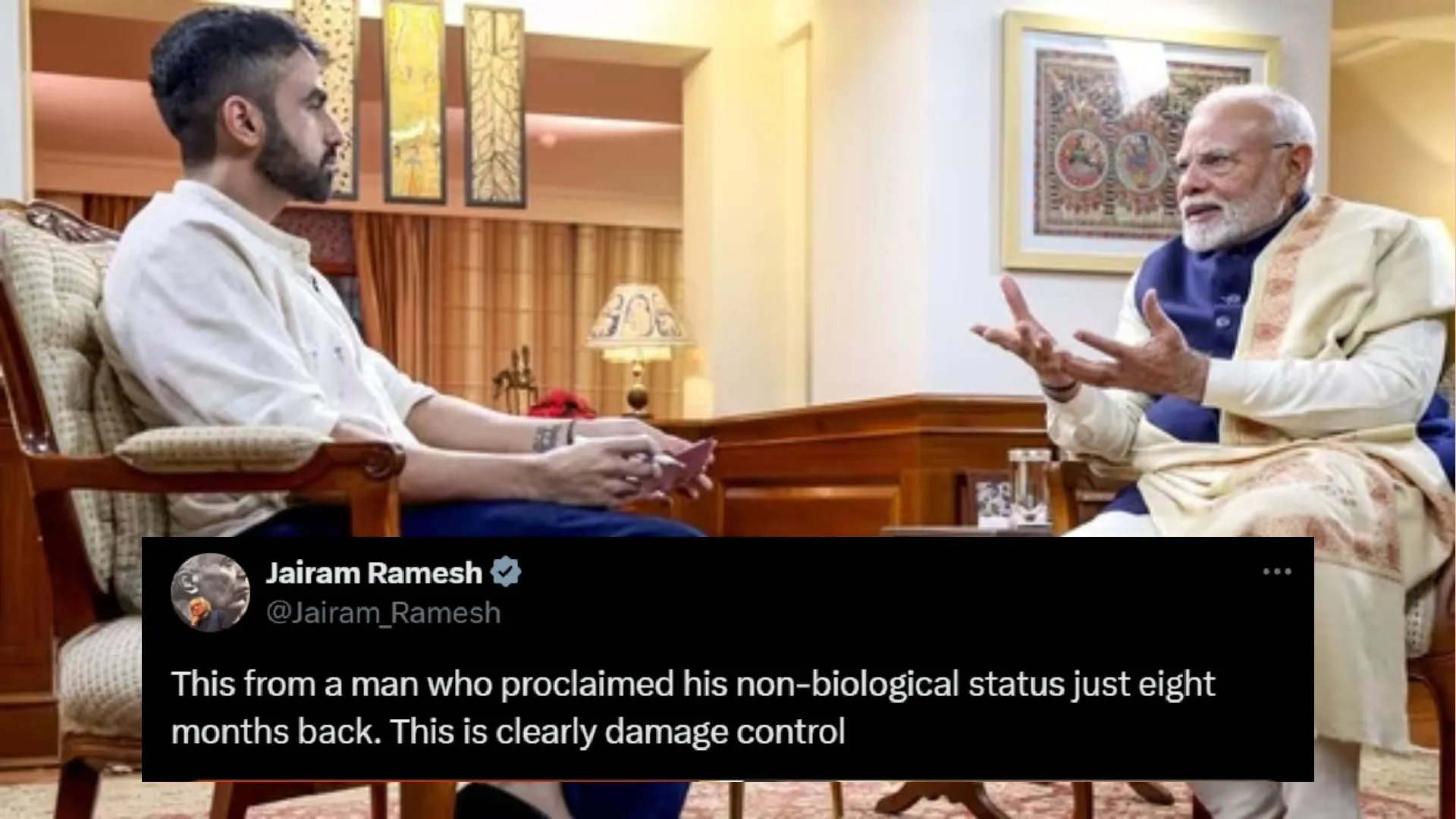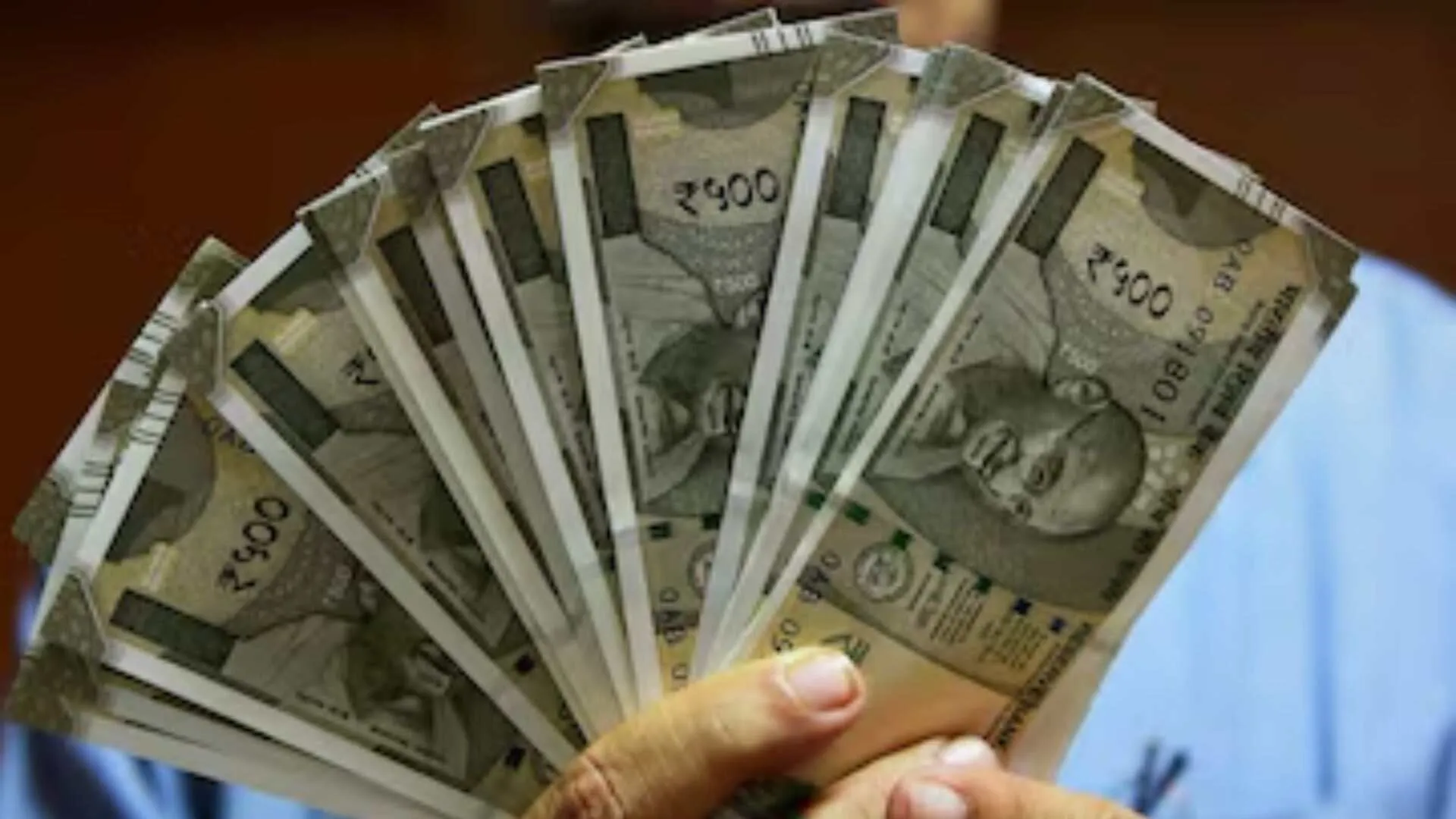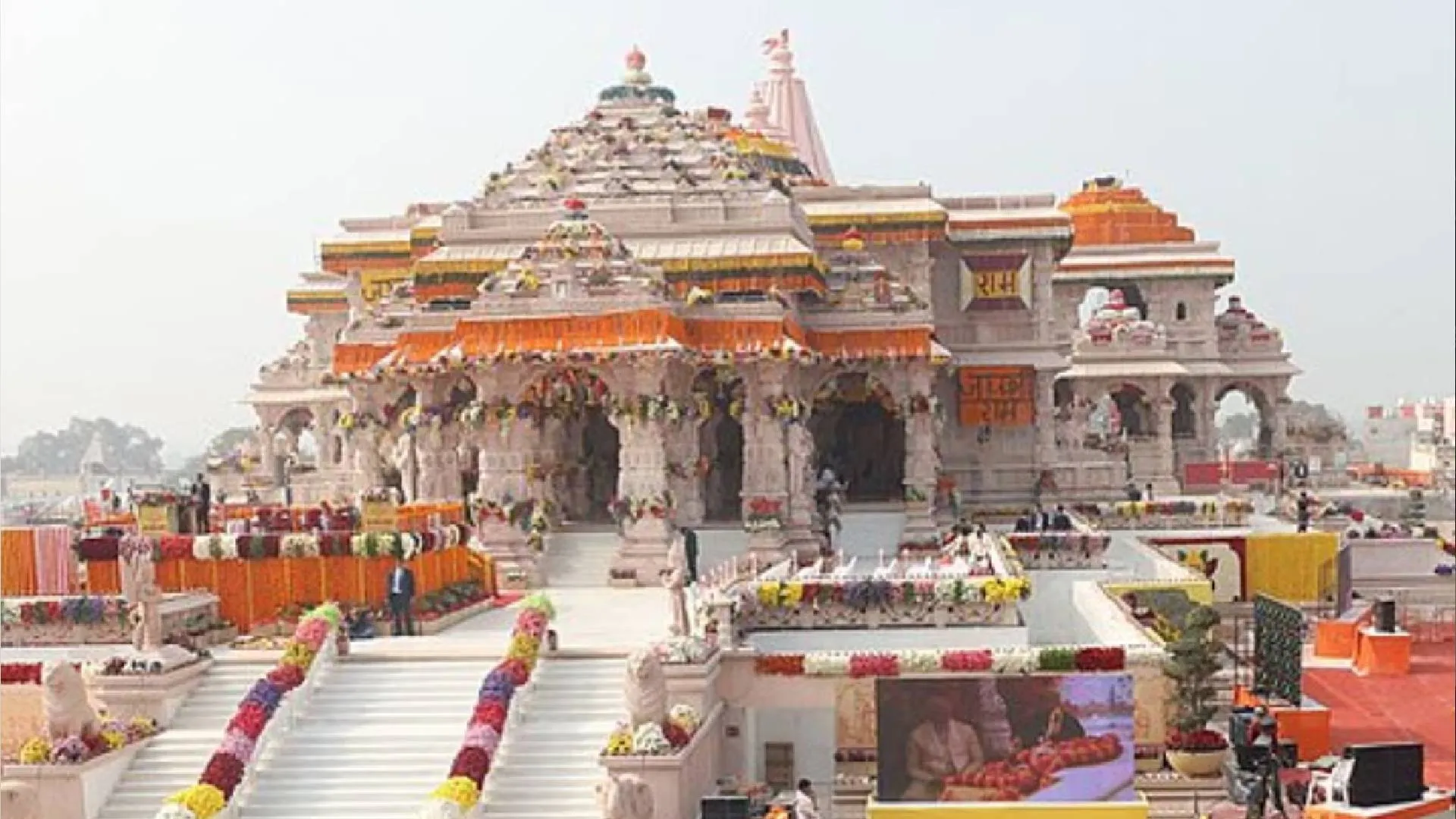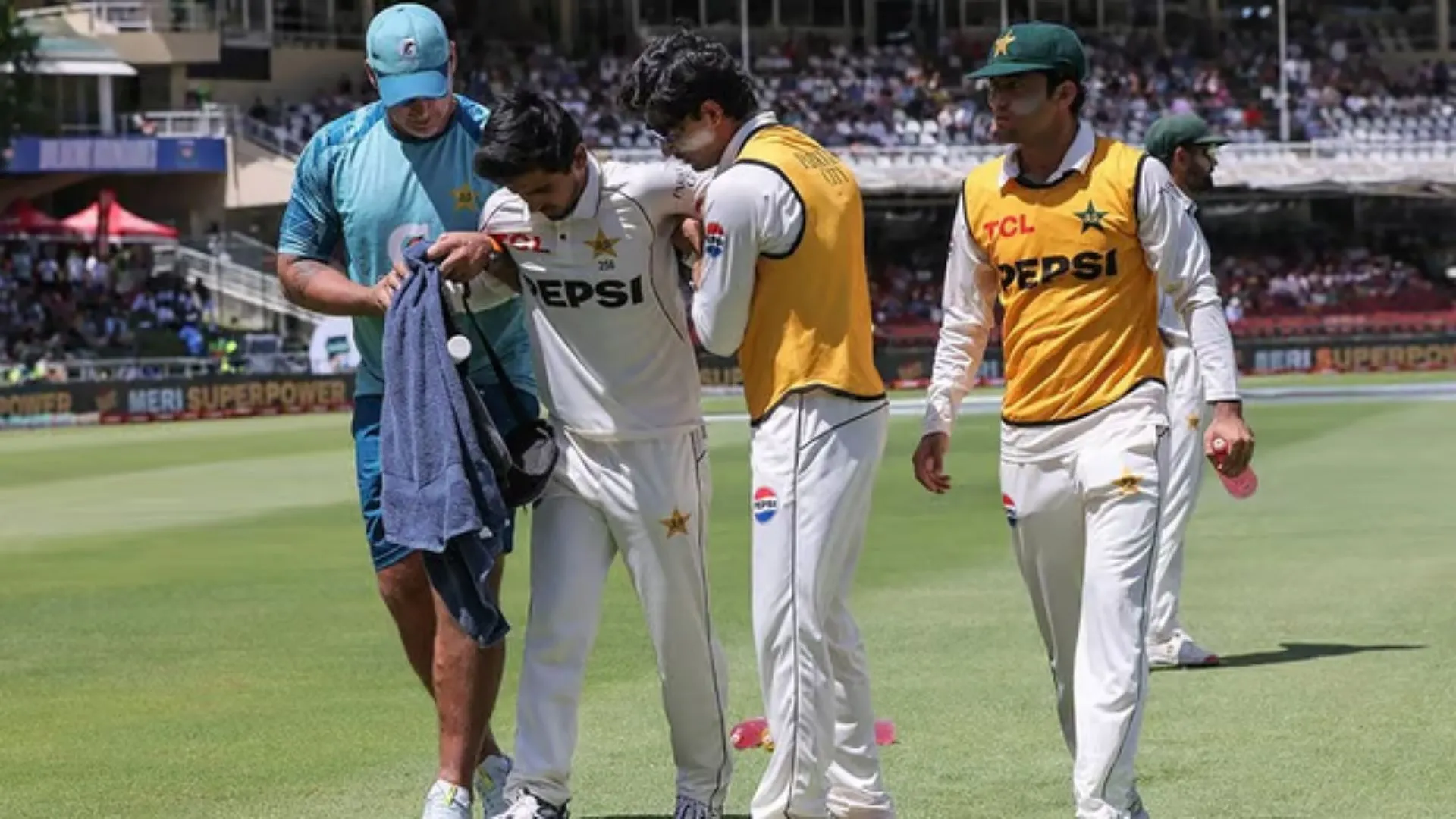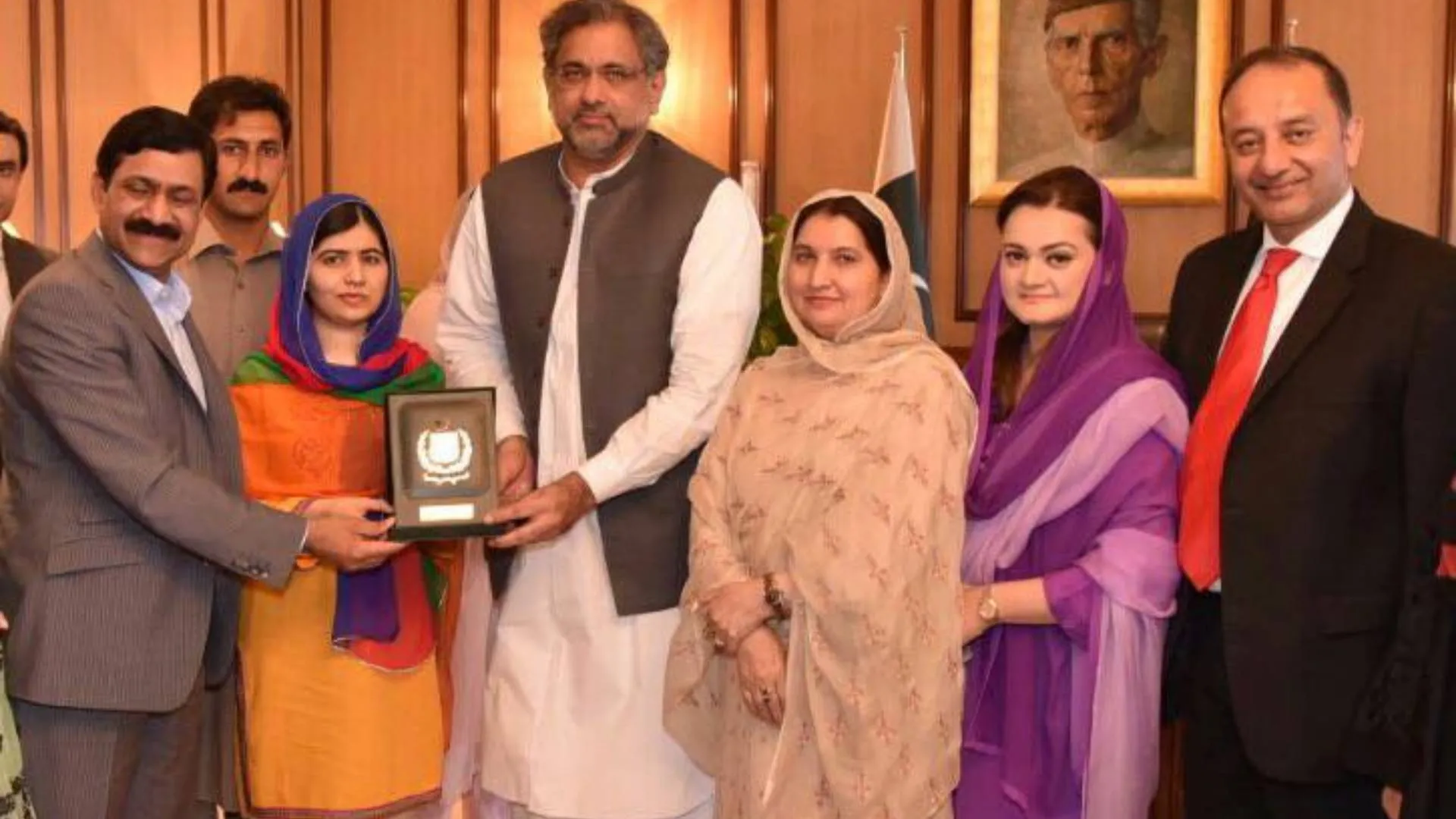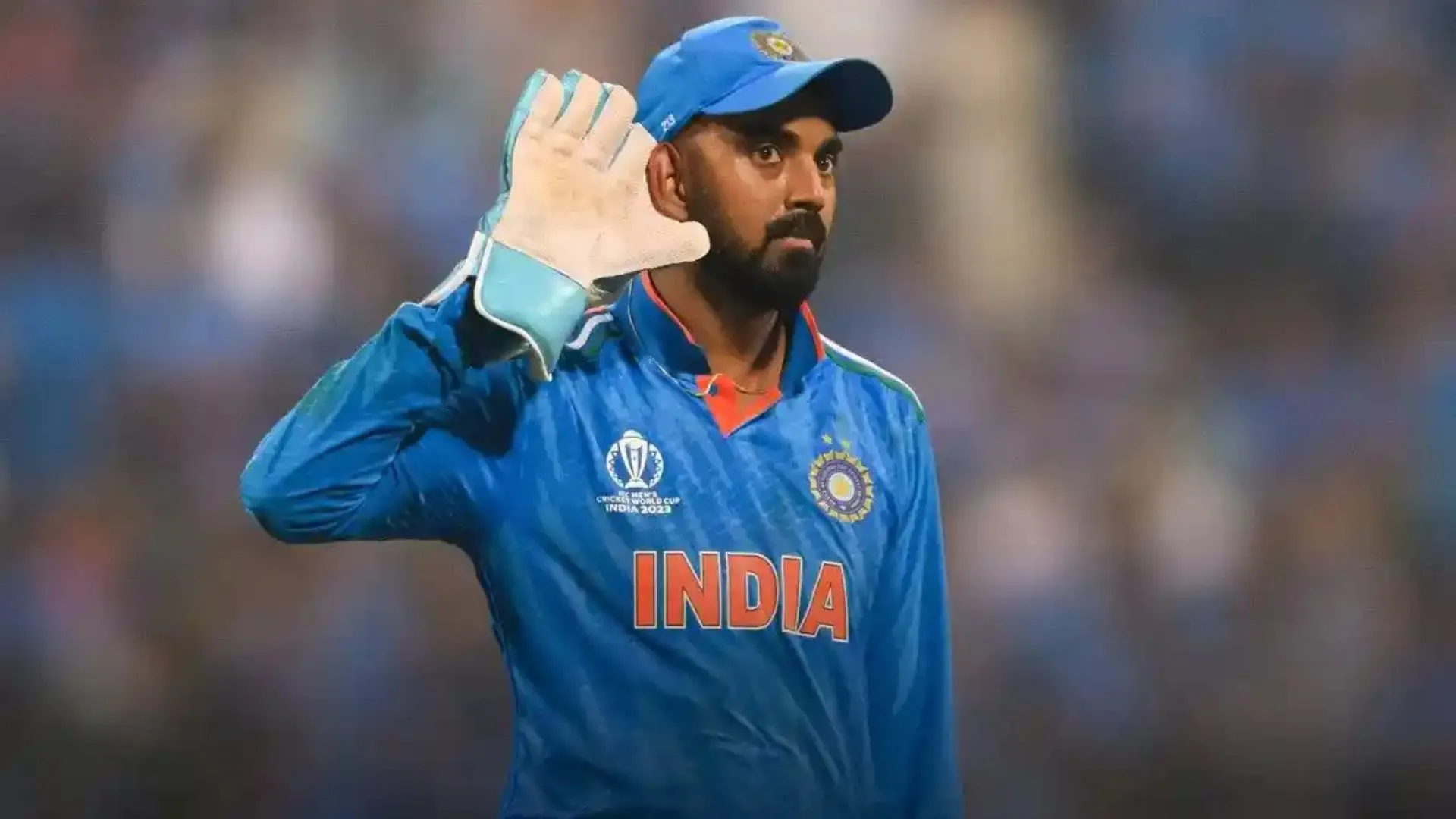Museology is a relatively unsung element of our narrative that is critical to gain insight into the history of humankind and learn the triumphs and tragedies of a bygone era. A culture can be recorded for posterity with meticulous documentation and proper artefact preservation. Exhibits have a way of bringing history to life by telling stories on a global as well as a local scale. This includes the journey of a nation through accounts of civilisations and empires along with the narratives of various local communities. Iconic museums like Chhatrapati Shivaji Maharaj Vastu Sangrahalaya (formerly Prince of Wales), or the CST Railway Heritage Museum and even the Sulabh International Museum of Toilets in New Delhi, Dinosaur Museum in Balasinor are a few cases in context.


The subaltern segment of museology and culture presents the tragic saga of maritime museums which ought to otherwise be an important part of our heritage and the journey of nation-building. This often gets neglected. Though the oceanic world envelops our country from three sides, it is still an aspect that is frequently overlooked. The National Maritime Museum was inaugurated on 5 April 1979, due to the efforts of the Indian Maritime Legend — late Vice Admiral M.P. Awati, Founder Chairman of Maritime History Society. This museum has had its heydays and seen longer periods of a comatose existence. The museum came alive when INS Vikrant was converted into a museum ship after its decommissioning in 1997. This museum ship was docked in Mumbai and opened to the public in 2001. The project couldn’t go on for long and was later discontinued in 2012 due to lack of sustainability in a harsh marine environment. The effort to turn INS Godavari or INS Viraat into a maritime museum could not fructify.
There are a few success stories in maritime museology in India. INS Kursura, after its decommissioning, was turned into a museum ship and is currently housed in Visakhapatnam. Being a submarine museum, it is the first of its kind in South Asia. The Southern Naval Command in Kochi has a maritime museum which houses a collection of various models of ship, weapons used by the Navy, etc. India is gearing towards the making of its first National Maritime Heritage Complex (NMHC) near the ancient port site of Lothal. It is expected to be open to the public by 2023. The location of the museum is particularly significant with Lothal being one of the earliest port cities in the world.
A maritime nation needs to commemorate its seafaring saga and coastal identity. The Indian Ocean has been a major means of communication from the earliest times when long-distance oceanic navigation between the eastern coast of Africa to the southeast part of Asia bridged by this dominating geographical entity, India, extended even beyond this region to much of Europe for many millennia. It has witnessed extensive maritime trade, naval expeditions and pilgrimages across the ocean routes. Oceanic activity in the region encouraged by the unique feature of monsoons allowed countries to have active participation in maritime trade thus creating a long history covering over five millennia, from the dawn of the Harappan civilisation. Therefore, maritime history and heritage bear testimony to our strong connections and relationships with the sea.
Maritime heritage consists of historical and archaeological evidence revealing human interaction with the ocean and other marine bodies. The subject deals with a multitude of marine and coast related activities such as shipbuilding techniques, seafaring and navigation, ports, lighthouses and coastal communities, tourism, trade and commerce, traditional maritime practices, fishing, etc. The world that we see today is a result of such maritime expeditions combined with human inquisitiveness. The maritime activities of the past and present have led to cultural migration and the resulting assimilation has created global commerce that has influenced and changed the face of cultures all around the globe. For this reason, it is imperative that we honour this maritime legacy and celebrate the accomplishments of those who came before us.
Hidden from the public eye and despite the constraints of the pandemic induced lockdown, the Maritime History Society has sustained a nautical celebration called “Samudra Sindhu” in the form of an Interim Naval Heritage Gallery at the ground floor of the Noorbhoy Building in the Fort area of Mumbai. It has acquired and taken care of over 3000 books and documents of different genres and over 2000 artefacts from decommissioned naval ships. In the past 43 years, under the guidance of our patrons, curators and visionaries, the Maritime History Society has deepened the realms of maritime history and heritage with significant and consistent efforts. A team of young interns are attempting to make a coherent catalogue of an assortment of memorabilia from decommissioned naval ships along with a few collections gathered over time.
Today as we celebrate International Museum Day, it would have been a good idea to spend the day at a museum, these experiences are sadly thwarted due to the pandemic induced lockdown. A large number of museums have chosen to go the virtual way, making their collection digital and curating virtual exhibitions on a wide array of topics. The National Museum in New Delhi, The British Museum, The Louvre, Van Gogh Museum, etc. are just a few examples of museums offering virtual tours for people to enjoy the feel of a museum from the comfort of their own homes. The virtual realm offers a huge variety of techniques to convert the physical experience of a museum into a virtual one. Following in the footsteps of these museums, Maritime History Society is coming up with a virtual experience as a digital episode of Samudra Sindhu, very soon.
To celebrate International Museum Day, the International Council of Museums (ICOM) releases a new theme each year. This year’s theme “The Future of the Museums: Recover and Reimagine” focuses on rethinking the museum of the future to meet the challenges of the present. Like everything else, the museum and heritage sector has been deeply affected by the ongoing crisis. With the restrictions on social and public places, we need to reimagine the museum spaces. There has been a considerable decrease in revenue generation, and with the budgets and funds redirected to handling the current emergency situation, many museums around the world are suffering huge losses.
Museums are uniquely equipped to narrate the rich history of civilisation through the objects that are housed within its walls. And reimagining them in this current scenario involves getting these stories and objects out of those walls and into a digital platform or a screen. This is a task, though seemingly easy, requires a lot of theoretical and practical understanding of the digital realm. But, going virtual seems to one of the best ways forward to stay educationally and culturally relevant in this time and age. Investing in and maintaining a digital infrastructure to reach out to our audiences and engaging with them virtually is very important. We at MHS are striving hard to overcome these challenges and we invite you to collaborate and support our cause of preserving maritime consciousness. We invite you to become our brand partners for the projects we undertake regularly to contribute to knowledge and awareness about Indian maritime history based on the resources available with you.
Museology has always needed support and funding by the state despite the few success stories of private initiatives. Care is needed that private efforts, otherwise a welcome support to cultural promotion, do not cause cannibalisation of existing collections or promotion of exclusive agenda of a few. There is a need to have an integrated, research-supported, well patronised, financially sustainable journey to enhance influence to provide maritime consciousness, sea-mindedness and bring better awareness of the larger public into the maritime domain. Maritime History Society, which recently commemorated 43 years of maritime existence, needs to be supported in every way. Do visit the website www.mhsindia.org and reach out with archive support and financial assistance for this national cause.
Maritime History Society is an organisation where we invite enthusiasts in the maritime domain who can contribute to the richness and diversity of Indian maritime history and heritage. In its constant endeavours, we aim to promote outreach activities through our educational programmes, Summer School Programme, Internship Programme, our in-house Library, and MHS collections. MHS provides a plethora of opportunities to experience amazing expressions of creativity and contribute to bringing forth a new breed of intellectuals and scholars driven with a maritime outlook for the advancement of the nation.
Ashwini Nawathe is the Archive and Collections Associate at MHS. Leanne Thothiyil is a Research Assistant at MHS.

